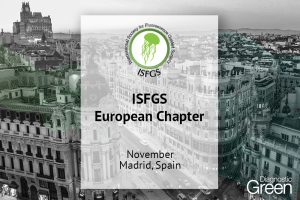Indocyanine green (ICG) is a fluorescent dye taken up and almost exclusively cleared by the liver. Measurement of its clearance and visualization of its fluorescence make it suitable for a number of potential applications in liver transplantation including assessment of liver function and real-time assessment of arterial, venous, and biliary structures. ICG clearance can be used to assess donor graft quality before procurement and graft metabolic function before transplant using normothermic ex vivo machine perfusion.
ICG clearance in the post-liver transplantation period is able to predict recipient outcomes with correlations to early allograft dysfunction and postoperative complications. After absorbing light in the near-infrared spectrum, ICG also emits fluorescence at 835 nm. This allows the assessment of vascular patency after reconstruction and patterns of liver perfusion in real time. ICG perfusion patterns after revascularization are also associated with posttransplant graft function and survival. ICG fluorescence cholangiography is routine in a number of centers and acts as an aid to identifying the optimal point of bile duct division during living donor liver transplantation to optimize safety for both donor and recipient.
In summary, ICG is a versatile tool and has a number of useful applications in the liver transplantation journey including assessment of liver function, perfusion assessment, and cholangiography.




